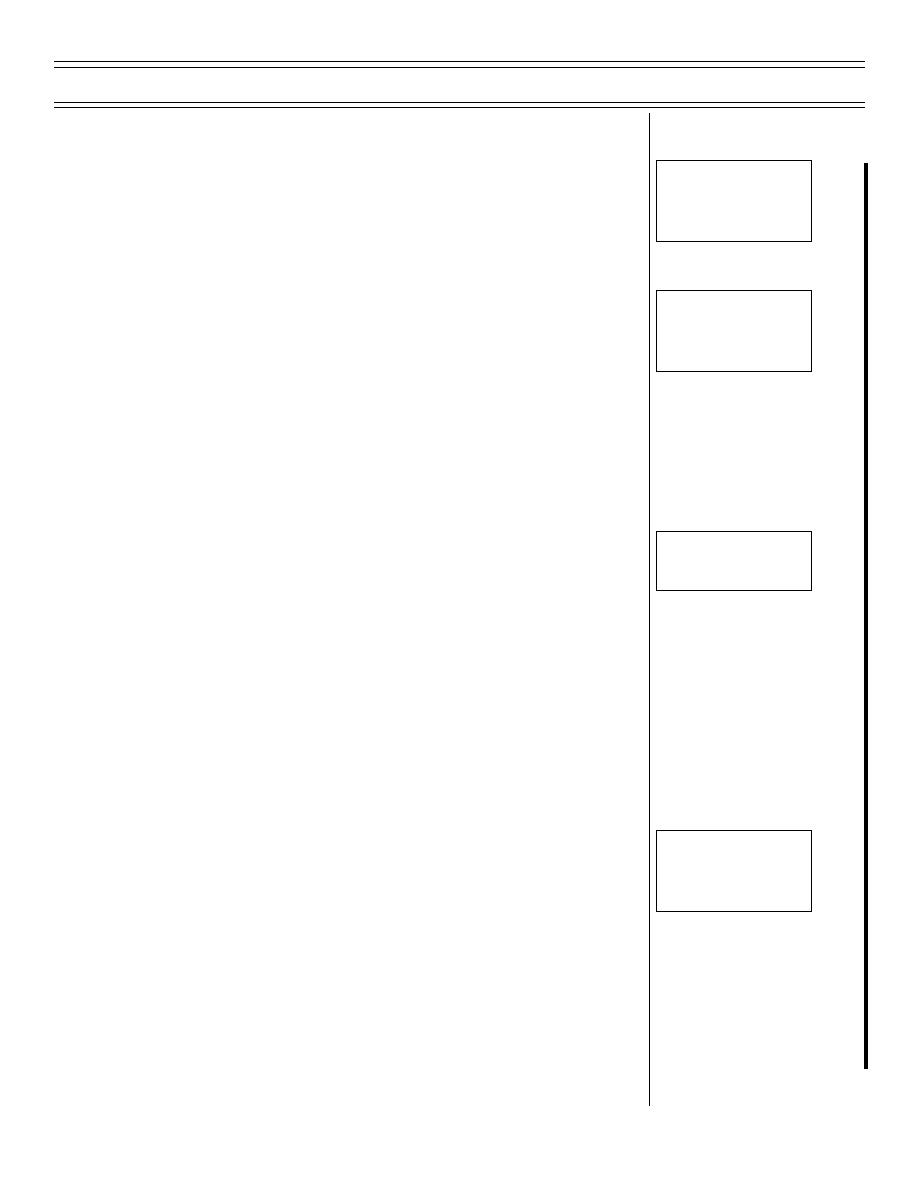
T-45A UJPT, E2-C2, & ADV ASI-07; IUT ASI-04
Introduction to IFT
d.
IFS can also display field and aircraft carrier
Sg 3, fr 6
landing evaluations to show actual point of
Fig 11: IFS Landing
touchdown, rate of descent, AOA, feet aircraft
Pattern
offset from centerline, and which arresting gear
wire was caught
e.
Twenty computerized demonstrations of
Sg 3, fr 7
5-10 minutes allow students to ride through a
Fig 12:
maneuver and feel (throttle, rudder, and stick)
Demonstration Index
how each maneuver feels in flight
f.
Eight predetermined positions within each
demonstration can be selected as a starting
point; then instructor can decide to allow
student to continue with this demo or allow
student to take over and fly out from that point
g.
RERUN and REPLAY permit a specific
Sg 3, fr 8
maneuver or point in a maneuver to be flown
Blank
repetitively
2.
Student station
a.
Weather
(1) OFT: winds, rain, fog, cloud cover, sea
state, and turbulence can be introduced
(2) IFT: winds and turbulence can be
introduced
b.
Visual conditions (OFT): day, dusk, and night
Sg 3, fr 9
visual situations can be introduced
Fig 13: Visual
Carrier-Field Display
c.
Crosswind conditions can be introduced
d.
Navigation problems: failed radio(s) and/or
flight instruments can be introduced
e.
Icing conditions can be established that
degrade aircraft, engine, and instrument
performance
(11-97) Original
Page 7-23


 Previous Page
Previous Page
